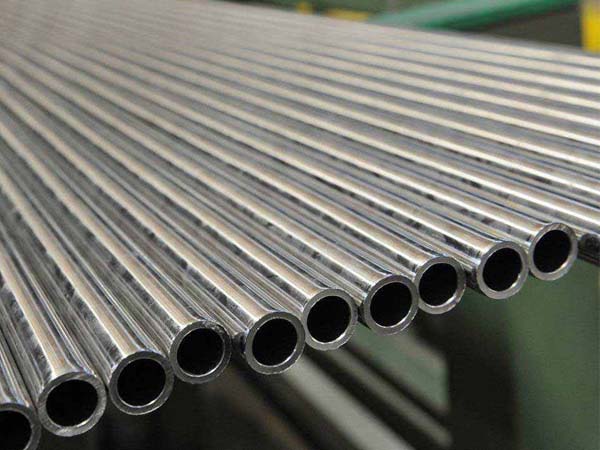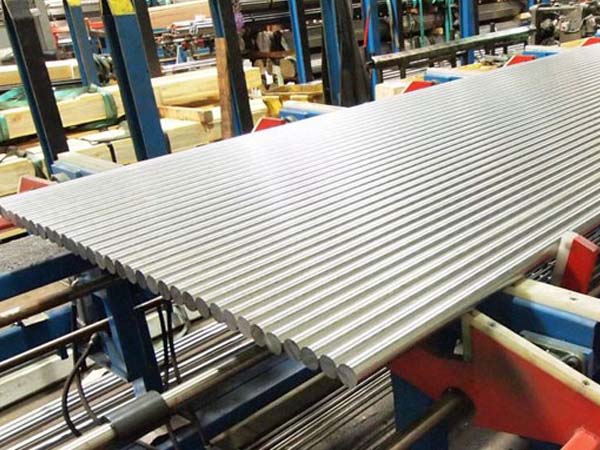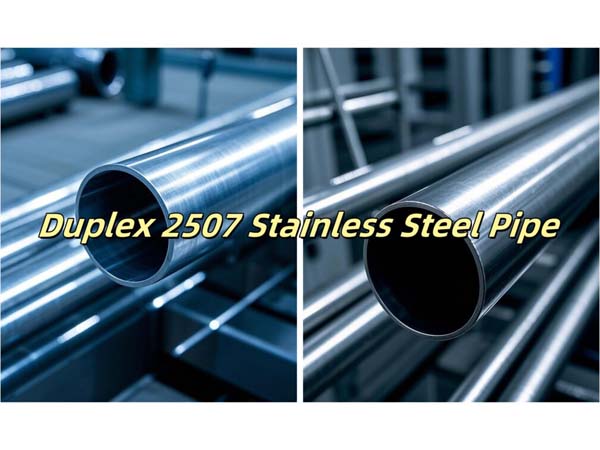





Phone
+86-731-82250427
Address
25th floor, C3 Building, Wanda Plaza, Kaifu District, Changsha, Hunan Province, China.
 Sep 5 2024
Sep 5 2024Stainless steel is a cornerstone material in medical device manufacturing, primarily due to its remarkable corrosion resistance and hygienic properties. These two characteristics are not just desirable but critical in an industry where the reliability of materials directly affects patient safety and the effectiveness of medical procedures. In healthcare settings, where exposure to bodily fluids, sterilization agents, and extreme environments is routine, stainless steel stands out as an indispensable material, ensuring both the durability and cleanliness of medical devices.
One of the most vital aspects of stainless steel is its resistance to corrosion. Medical devices, whether they are surgical instruments, implants, or hospital equipment, are constantly subjected to conditions that could cause degradation in lesser materials. Blood, saline, and other bodily fluids can be highly corrosive over time. Moreover, the need for rigorous sterilization methods, such as high-temperature autoclaving or chemical treatments, adds another layer of stress to the material. Stainless steel, thanks to its chromium content, forms a passive oxide layer that protects it from oxidation and rust. This self-healing property means that even if the surface of a device is scratched, the material can naturally reform this protective layer, maintaining its integrity over prolonged use. In contrast, materials that corrode easily would not only deteriorate in performance but could also pose significant health risks by introducing contaminants into the body or causing device failure during critical procedures.
Hygiene is another fundamental reason why stainless steel is essential in medical devices. Infection control is paramount in healthcare, and the materials used in medical tools and equipment must adhere to the highest cleanliness standards. Stainless steel, with its smooth, non-porous surface, resists the accumulation of bacteria and biofilms that can lead to infections. Unlike porous materials, which can harbor harmful microorganisms even after cleaning, stainless steel can be effectively sterilized, ensuring that it is free of contaminants before each use. This is especially important in surgical environments where the margin for error is slim, and any contamination can lead to life-threatening infections. The ease with which stainless steel can be sterilized through a variety of methods, including heat, steam, and chemical sterilization, adds to its appeal as a reliable and versatile material in medical device production.
Moreover, the combination of corrosion resistance and ease of sterilization ensures that stainless steel devices not only perform well in the short term but also maintain their performance and safety standards over time. Medical instruments and implants are subjected to repeated use and sterilization cycles, and materials that degrade or lose their protective properties would require frequent replacement, leading to higher costs and increased risks for patients. Stainless steel’s durability, even under continuous exposure to harsh environments, ensures that devices made from it can have a long service life, making it a cost-effective choice for healthcare providers while minimizing risks for patients.
In summary, the essential role of stainless steel in medical device manufacturing is grounded in its unmatched corrosion resistance and hygienic properties. These qualities allow it to withstand the challenging environments typical in healthcare while ensuring that devices remain clean, safe, and reliable. Without materials that offer such a high level of protection against corrosion and contamination, the medical industry would face increased risks and costs, highlighting why stainless steel remains a fundamental material in the production of medical devices.
